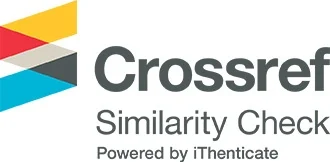Roles of β-adrenergic receptors on the mechanism of action of imipramine in chronic mild stress model of depression.
DOI:
https://doi.org/10.65137/lmj.v5i1.88Abstract
The controversy theories of depression lead to several new hypotheses about antidepressant mechanism of action. Our date from the previous work indicated that beta receptors were involved in the mechanism of action of imipramine in the acute mode of depression the forced swim test). Nowadays, the well-established chronic model of depression, the chronic mild stress (CMS), invented by P Willner, is widely used in the screening of antidepressant activity. In this study, the involvement of β-adrenergic receptors in the mechanism of imipramine action was studied. Data from this research indicated that β-adrenergic receptors were not involved not only in the effect of imipramine effect on the reduction of cortisone level that induced by CMS model of depression, but also they had no effects on the effects of imipramine in the state. In conclusion, β-adrenergic receptors could be involved on imipramine activity of motivation enhancing not on the reduction of stress states.









